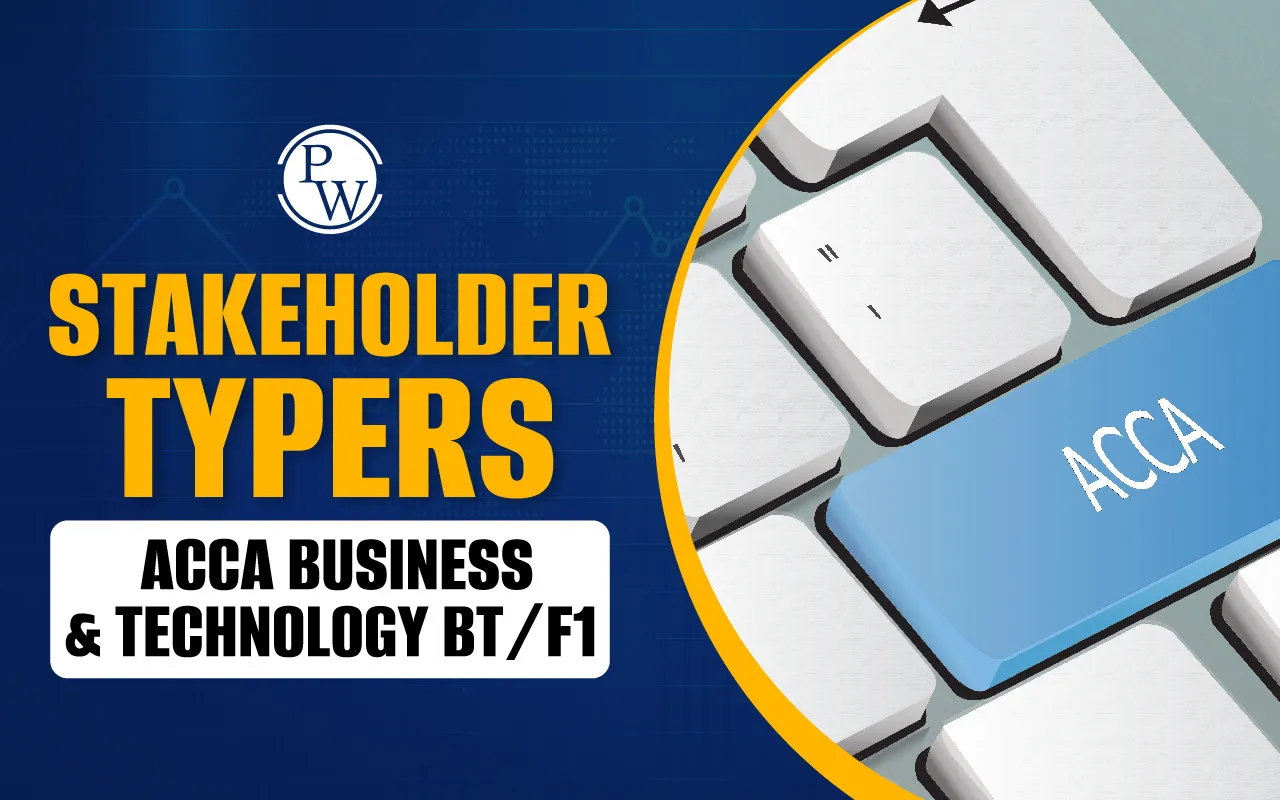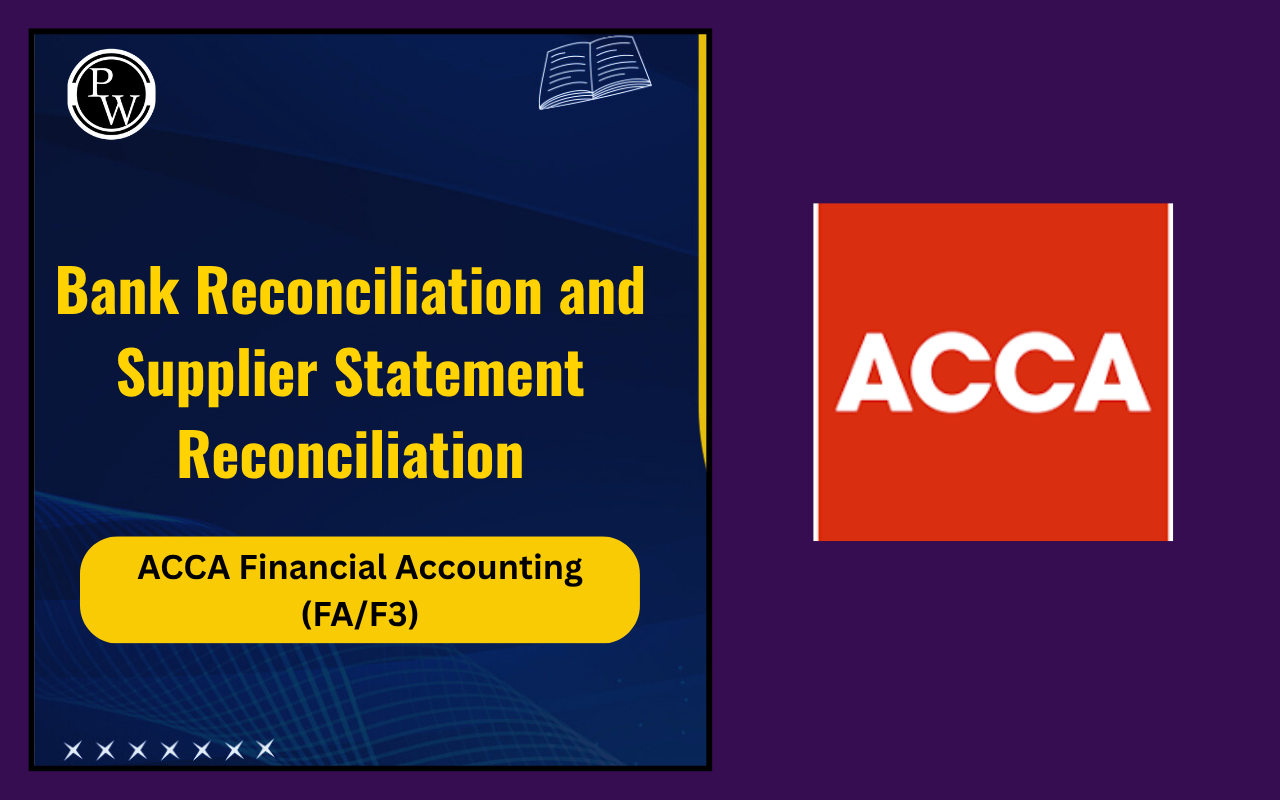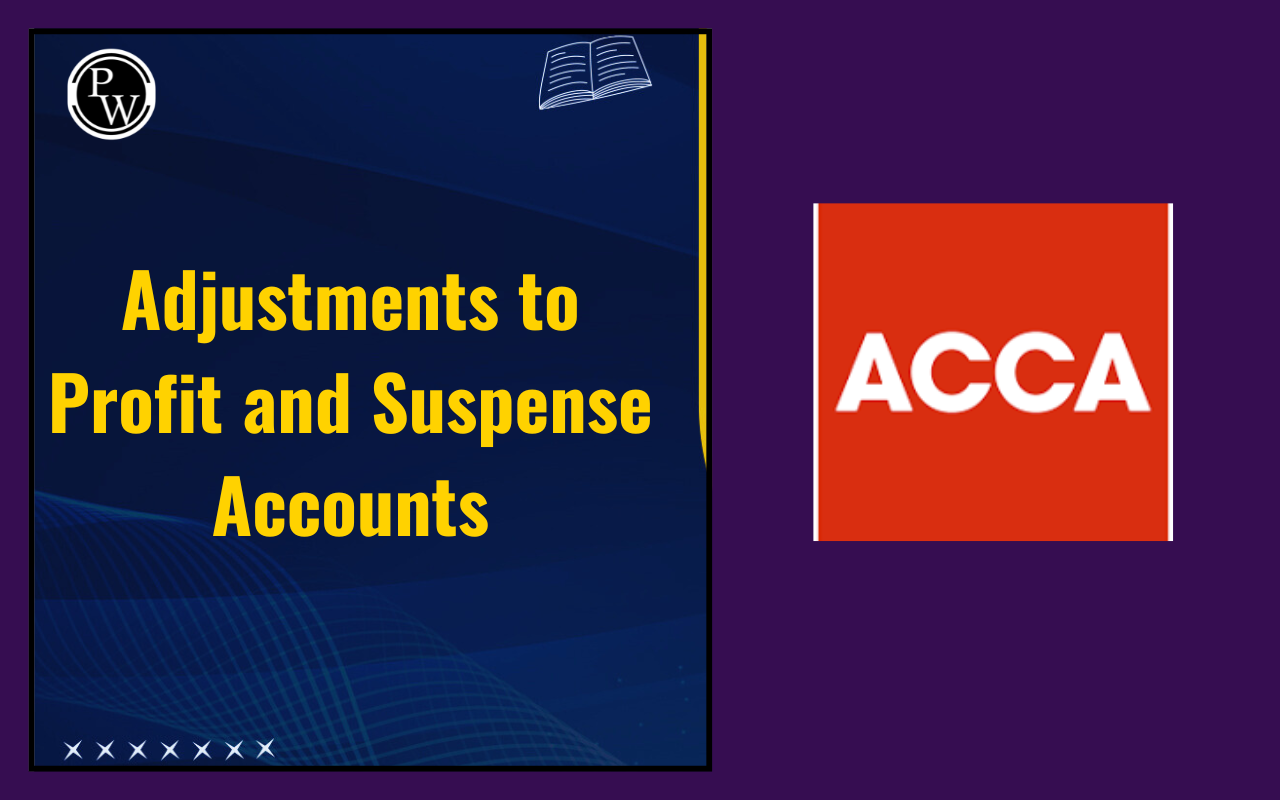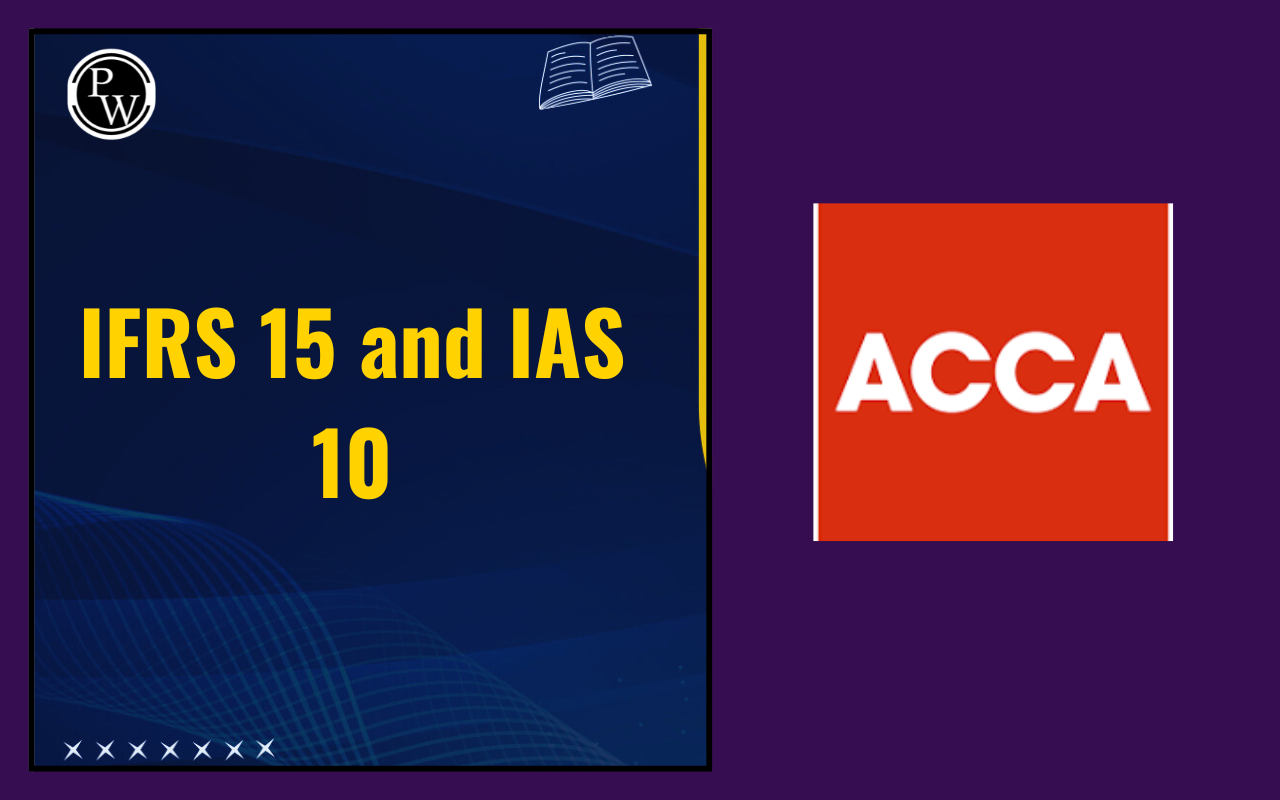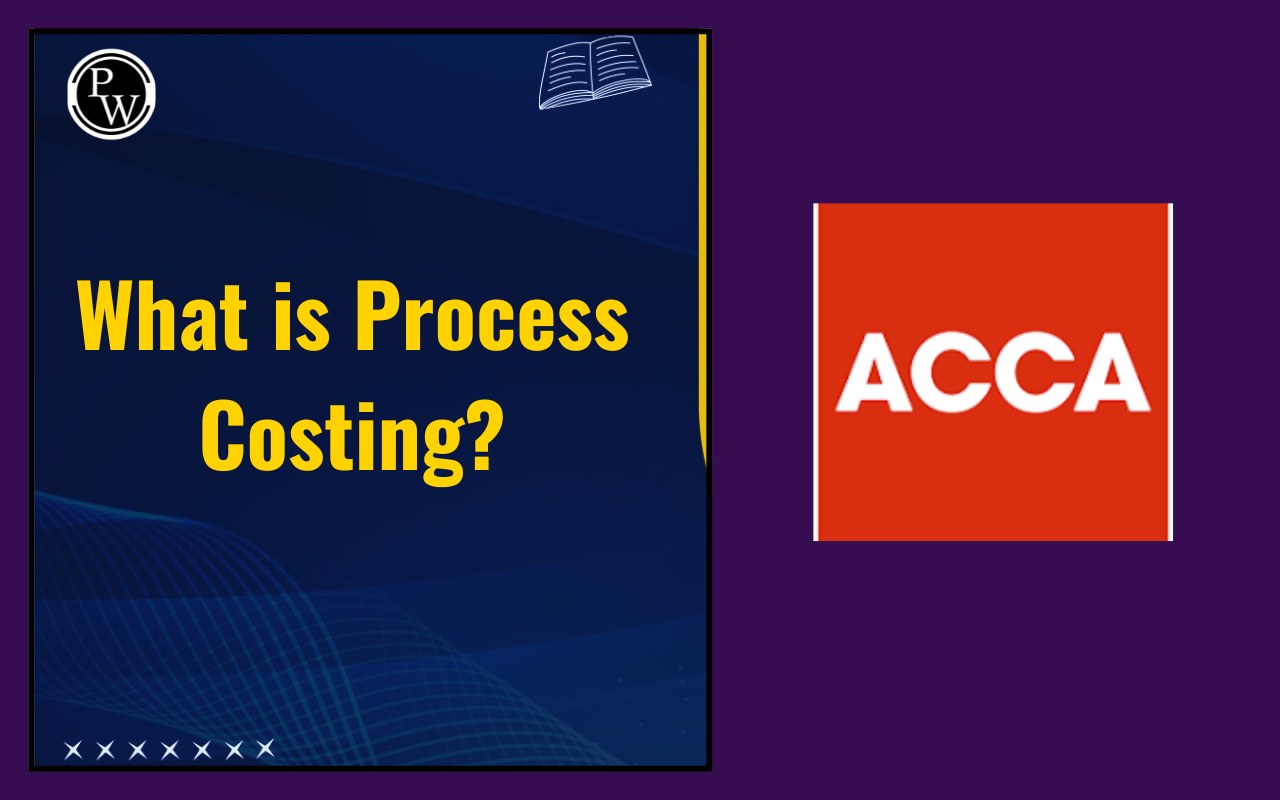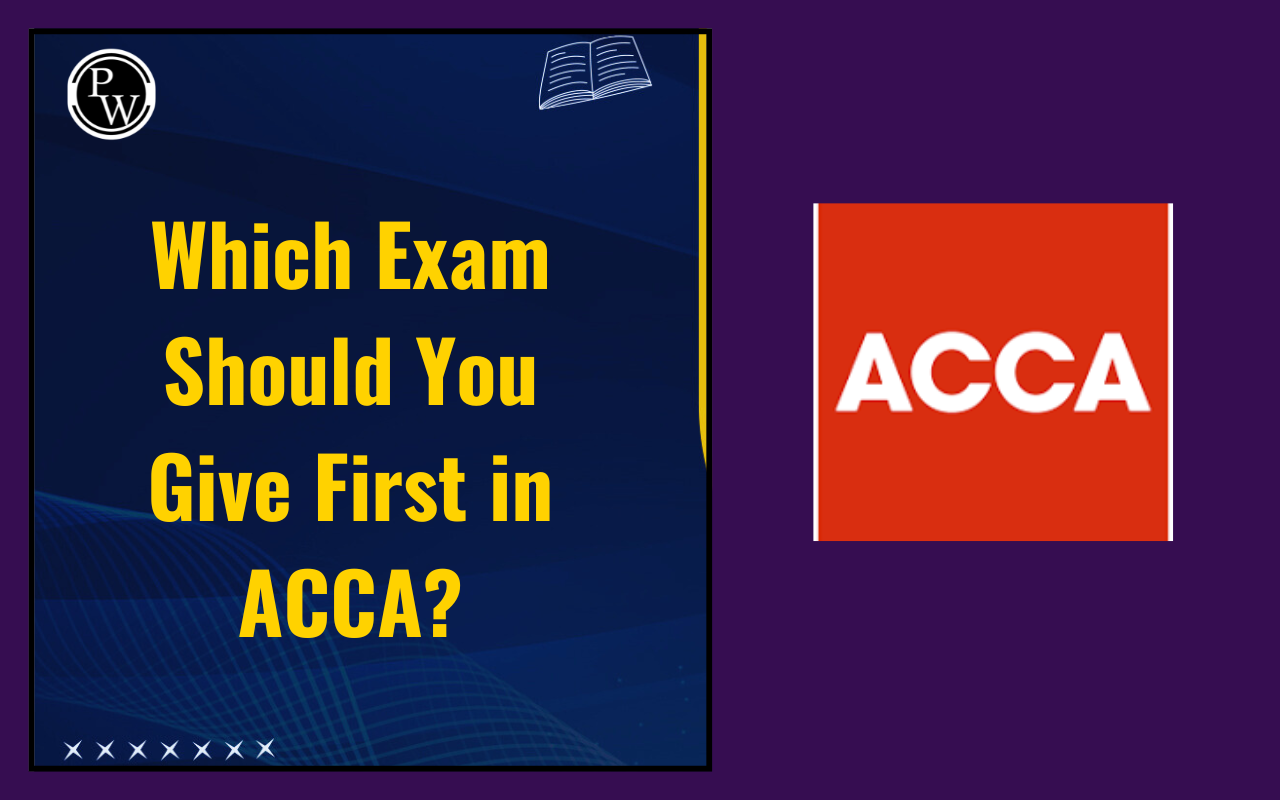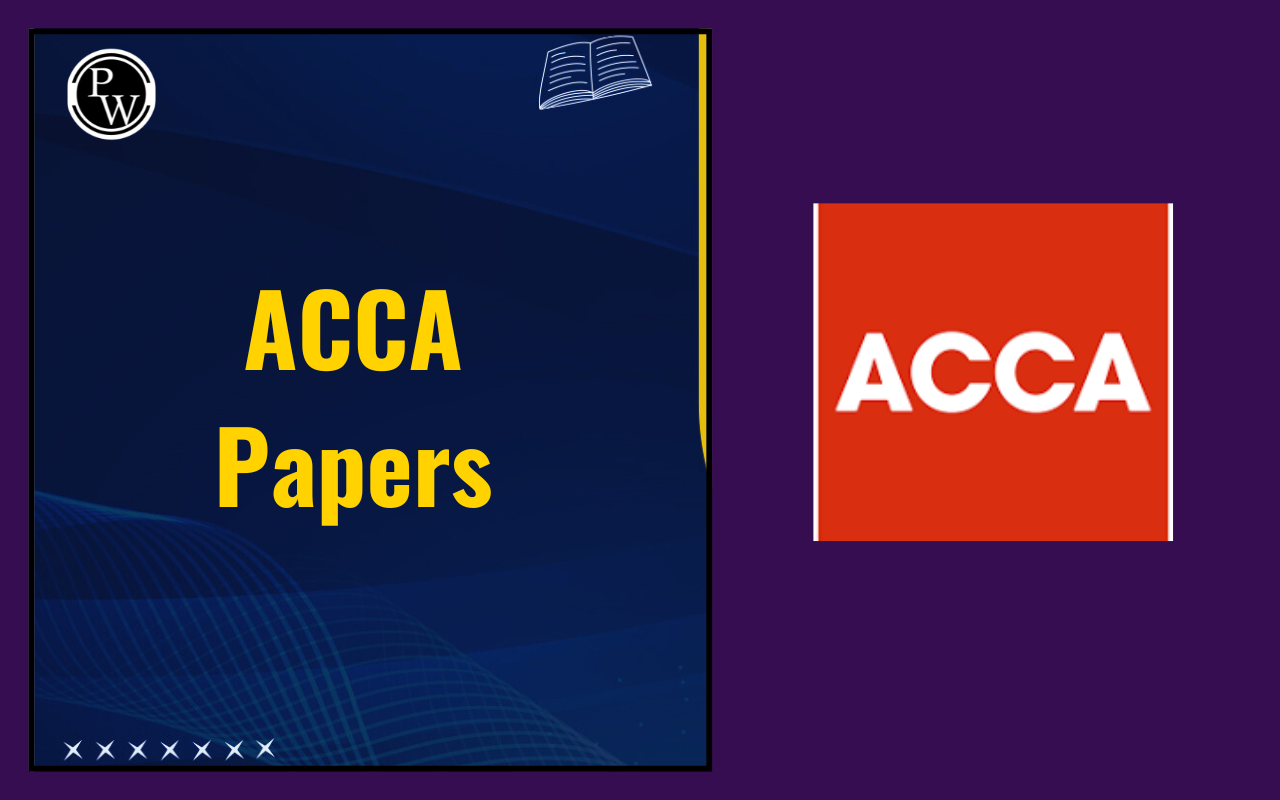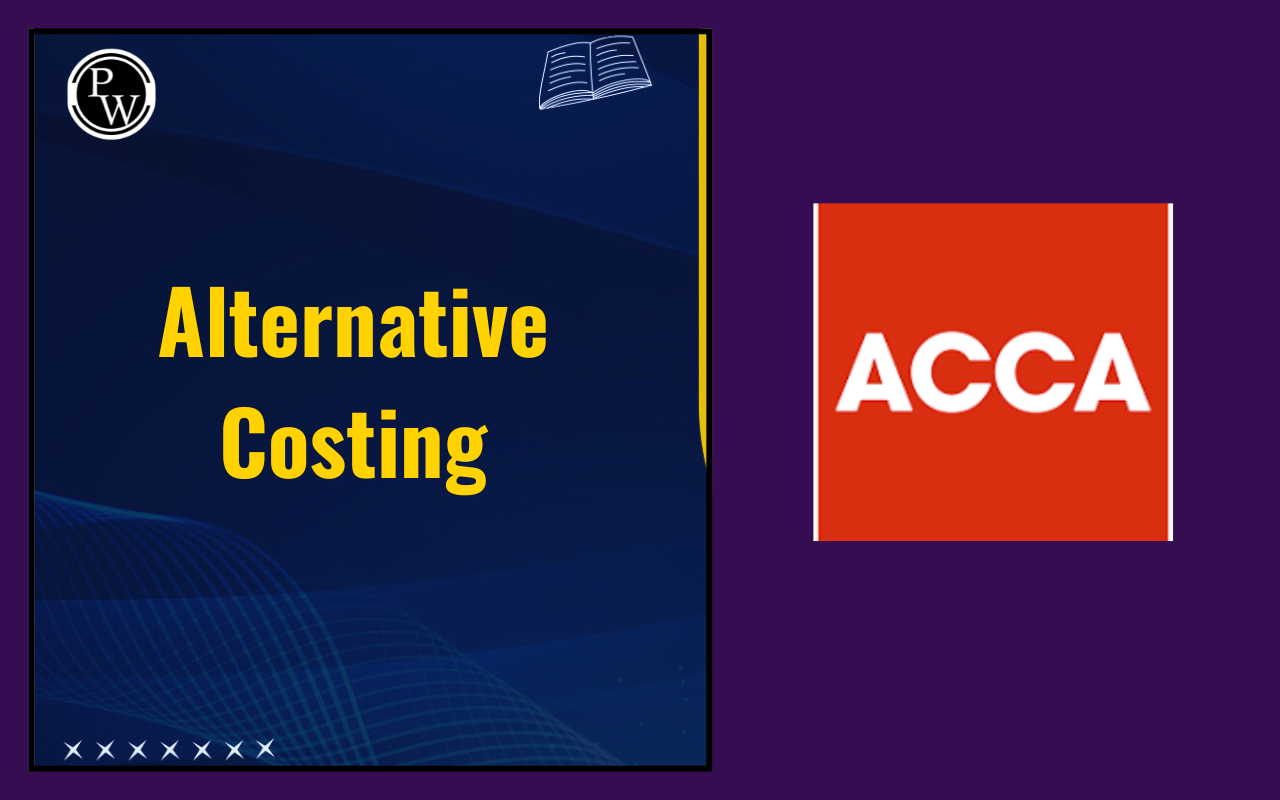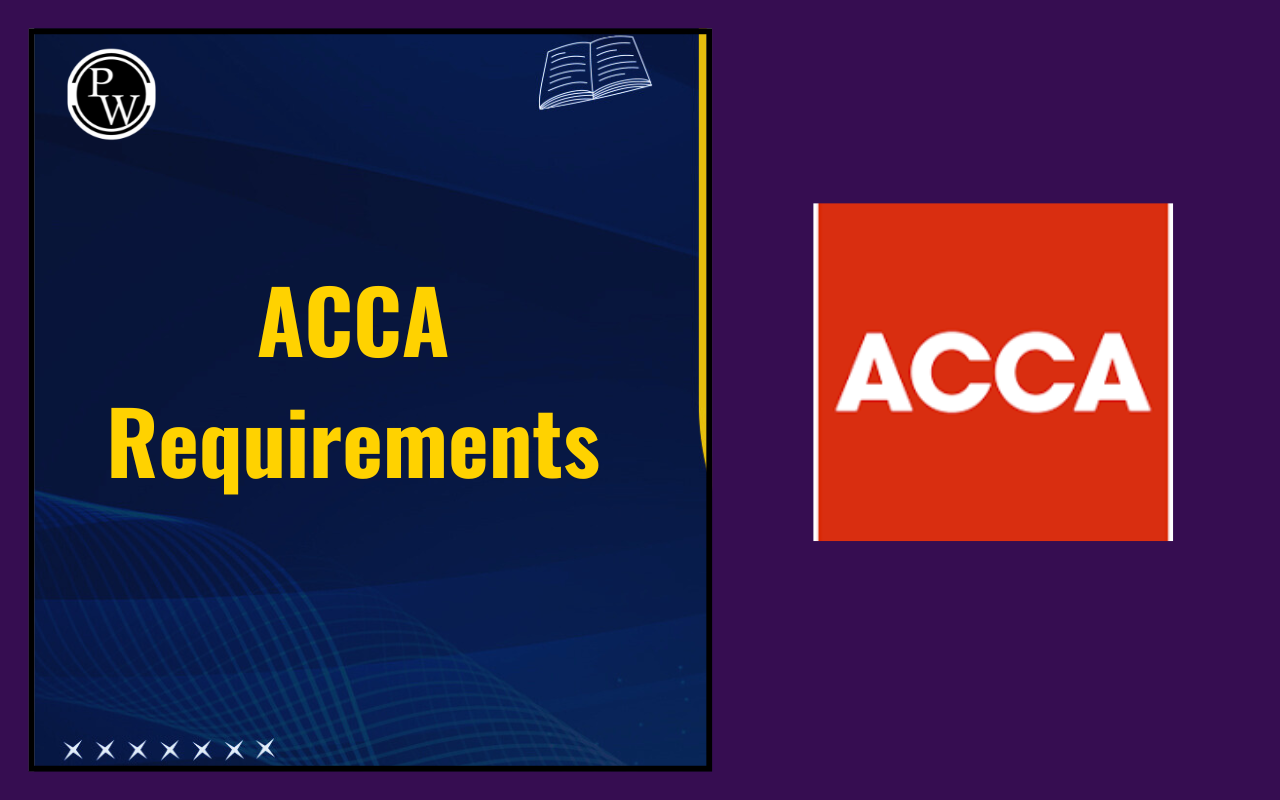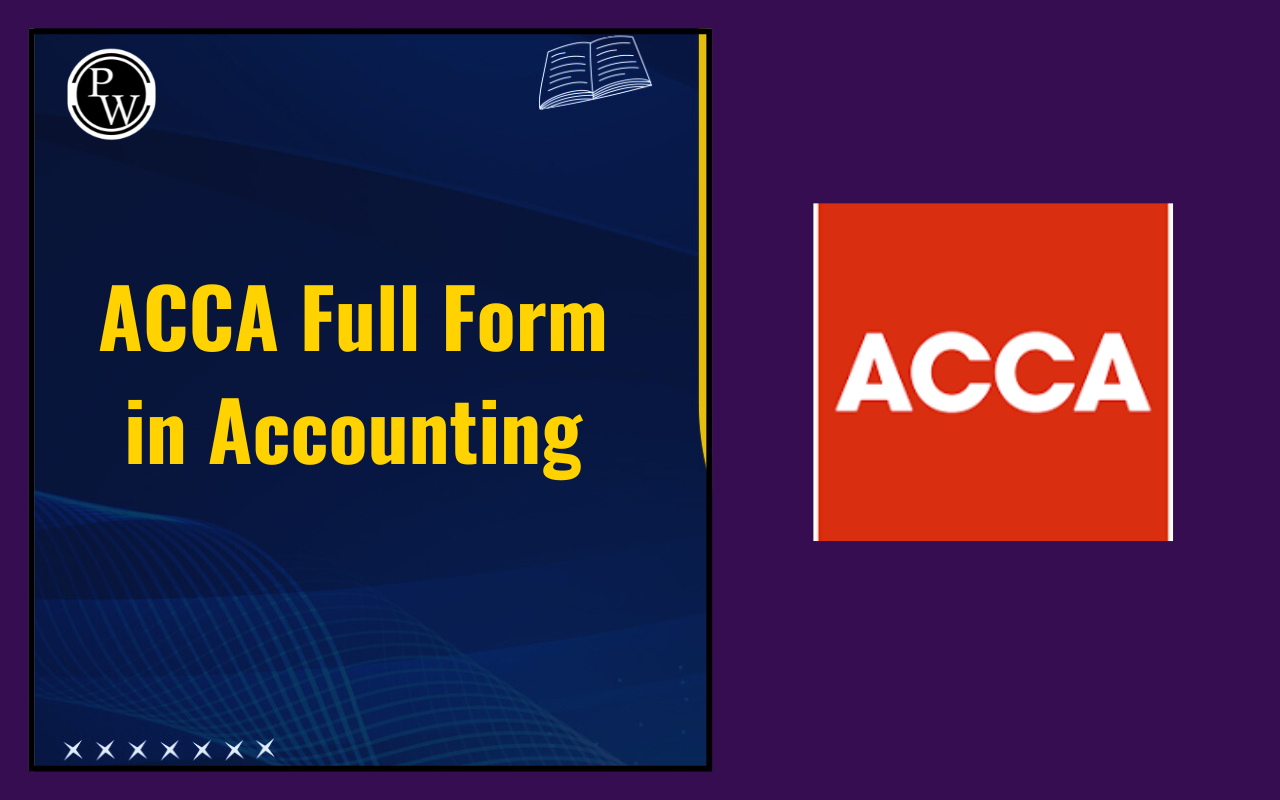
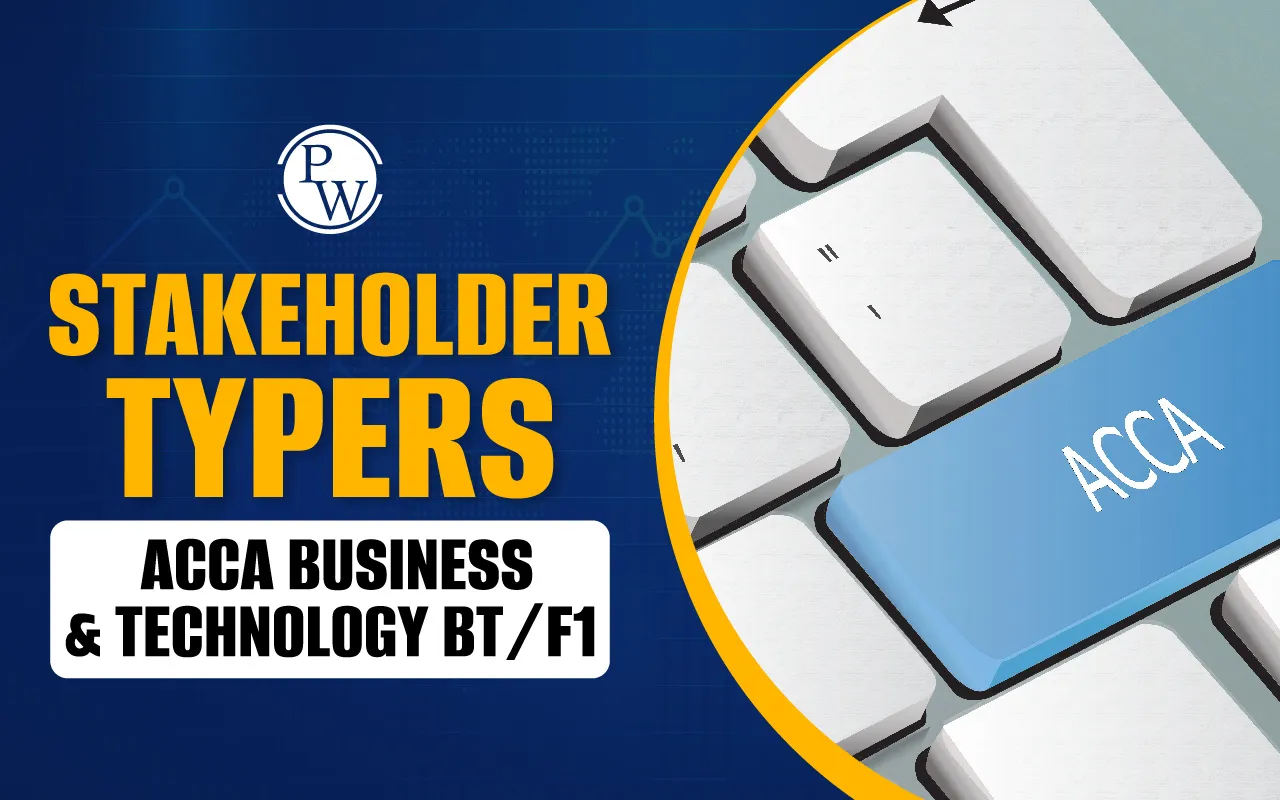
ACCA Business and Technology BT/F1: Understanding stakeholder types is a basic part of the ACCA Business and Technology BT/F1 exam. This section of the syllabus introduces candidates to the various individuals and groups that directly or indirectly influence, or are influenced by, an organization’s operations and decisions.
The topic of stakeholder types is covered in detail under the ACCA BT/F1 syllabus, highlighting internal, connected, and external stakeholders, along with their expectations, needs, and influence on business strategy. It also explains how stakeholder relationships are classified using frameworks like Mendelow’s Matrix.
Candidates appearing in the , such as ACCA BT exam need to have a clear understanding of stakeholder roles. Breaking this topic into manageable subtopics, such as stakeholder classifications, examples, and interest-power analysis, will help in consolidating key concepts and answering exam questions effectively.
ACCA Business & Technology BT/F1 Overview
ACCA Business & Technology (BT/F1) exam is the first paper in the ACCA qualification. It provides a foundation in learning the business environment, organizational structure, and the role of key stakeholders. It introduces students to the impact of technology and governance in business operations and decision-making. This paper forms the base for further ACCA exams and is essential for building core business and management knowledge.
|
ACCA BT/F1 Key Details |
|
|
Feature |
Description |
|
Paper Name |
Business & Technology (BT), previously F1 |
|
Exam Format |
Computer-based exam (CBE) |
|
Question Types |
Multiple choice, multiple response, matching, fill-in-the-blank |
|
Duration |
2 hours |
|
Total Marks |
100 |
|
Pass Mark |
50% |
|
Main Topics Covered |
Business structure, stakeholders, governance, technology, and ethics |
|
Relevance |
Foundation for management, finance, and governance-related ACCA papers |
|
Skills Developed |
Know business functions, identifying stakeholder roles, decision-making support |
Stakeholder Types ACCA Business & Technology BT/F1
In the context of ACCA Business & Technology (BT/F1), stakeholders play a vital role in shaping business decisions and outcomes. Each stakeholder group has its own interests and level of influence, which can vary based on their relationship with the organization. It is essential to recognize their role, whetherare inside the business or exist externally. Below is a quick overview of the different types of stakeholders relevant to ACCA BT/F1:
|
Stakeholder Types Overview |
||
|
Stakeholder Type |
Key Examples |
Relationship with Business |
|
Internal Stakeholders |
Employees, Managers, Directors |
Operate within the organization |
|
Connected Stakeholders |
Customers, Suppliers, Shareholders |
Have financial or operational links |
|
External Stakeholders |
Government, Community, NGOs |
Do not directly participate but influence impact |
What Are Stakeholders?
In simple terms, stakeholders are people or groups who either influence or are influenced by a business. This includes internal team members like employees and managers, as well as external parties such as governments and the local community.
Why Study Stakeholders in ACCA BT/F1?
Having knowledge of stakeholders is important for business decision-making because every business operates within a network of individuals and groups who influence or are affected by its actions. These stakeholders, ranging from internal employees to external regulators, hold multiple levels of interest and power in the business.
In the ACCA Business and Technology BT/F1 syllabus, learning about stakeholders helps students identify key expectations and anticipate how different stakeholder groups might react to business strategies or changes. By aligning business objectives with stakeholder interests, organizations can operate more efficiently and ethically, reduce risks, and improve long-term performance.
Failing to understand or manage stakeholders appropriately can result in resistance, financial losses, reputational harm, or even legal consequences. Therefore, stakeholder analysis is a vital component of strategic planning and ethical business conduct.
Knowledge of stakeholders is crucial for business decision-making because:
-
Stakeholders have different expectations from the organization.
-
Managers and directors are interested in profits, bonuses, and power.
-
Employees expect fair pay, job security, and safe working conditions.
-
Ignoring stakeholder needs can lead to conflict, legal issues, or reputational damage.
ACCA Business & Technology BT/F1 Stakeholders Types
Stakeholder types are an essential part of the ACCA BT/F1 syllabus, as they allow future professionals to recognise how different individuals and groups influence business operations. Stakeholders are people or entities who are either affected by or have an effect on an organization's objectives and decisions.
In ACCA BT/F1, stakeholders are broadly grouped based on their relationship with the organization. This classification helps in analyzing their influence, needs, and expectations in a structured manner. Each type of stakeholder plays a unique role, and knowing how to manage their interests is crucial for strategic decision-making, risk mitigation, and maintaining long-term business stability.
Stakeholders are classified into three main types in ACCA Business and Technology BT/F1:
1. Internal Stakeholders
These are individuals who are within the organization and are directly involved in its operations.
|
Internal Stakeholders |
||
|
Stakeholder |
Need/Expectation |
Example |
|
Employees |
Fair pay, job security, safe working environment |
Workers may demand higher pay for increased responsibilities |
|
Managers/Directors |
Status, bonuses, authority, decision-making power |
Managers may support business expansion if it leads to higher bonuses |
2. Connected Stakeholders
Connected stakeholders have financial or operational relationships with the business.
|
Connected Stakeholders |
||
|
Stakeholder |
Need/Expectation |
Example |
|
Shareholders |
Dividends, capital growth, stable returns |
Shareholders expect higher returns when a company raises growth capital |
|
Customers |
Good quality products/services at reasonable prices |
Price hikes may reduce customer satisfaction |
|
Suppliers |
Timely payments and long-term relationship |
Delayed payments may cause suppliers to stop providing goods |
|
Finance Providers |
Repayment with interest, secure investment |
Banks assess a business’s ability to generate wealth before granting loans |
3. External Stakeholders
These are outside the organization and not directly involved in daily business operations, but they can influence or be affected by it.
|
External Stakeholders |
||
|
Stakeholder |
Need/Expectation |
Example |
|
Government |
Legal compliance, tax payment |
Governments may regulate industries to prevent pollution |
|
Community/Public |
Responsible behavior in local areas |
Local residents may protest a new shopping center development |
|
Environmental Groups |
Protection of the environment |
Green activists may oppose airport expansions |
|
Trade Unions |
Employee rights, fair treatment in decision-making |
Unions may demand job alternatives if a factory closes |
Primary vs Secondary Stakeholders
Stakeholders can also be grouped by how closely they're connected to the organization. Some have formal ties, such as contracts or financial stakes, while others may influence or be impacted by the business without any direct involvement. Classifying stakeholders this way helps businesses manage responsibilities, expectations, and communication more effectively.
|
Primary vs Secondary Stakeholders |
||
|
Classification |
Includes |
Explanation |
|
Primary Stakeholders |
Internal and Connected Stakeholders |
They have a direct contractual or financial link with the organization |
|
Secondary Stakeholders |
External Stakeholders |
They have no direct contractual link but are still affected by the business |
Stakeholder Types, Needs, and Examples
The table below provides a concise overview of key stakeholder types along with their typical needs and real-world examples. This classification helps highlight how different groups influence and are influenced by business decisions. Whether they operate within the organization, maintain financial ties, or exist externally, every stakeholder group has specific expectations that organisations must consider to maintain effective operations and long-term trust. Reviewing these categories will help ACCA BT/F1 students understand how stakeholder interests shape strategic choices in business.
|
Stakeholder Types, Needs, and Examples |
|||
|
Type |
Stakeholder |
Need/Expectation |
Example |
|
Internal |
Employees |
Fair pay, job security |
Workers expect pay raises for added tasks |
|
Internal |
Managers/Directors |
Power, bonuses, status |
Support expansion for increased rewards |
|
Connected |
Shareholders |
Dividends, capital growth |
Expect higher returns with higher risk |
|
Connected |
Customers |
Value for money, quality products |
May shift brand if prices rise |
|
Connected |
Suppliers |
Timely payments |
May stop supplying if not paid on time |
|
Connected |
Finance Providers |
Loan repayments, secure investment |
Bank evaluates profitability before loan approval |
|
External |
Government |
Law compliance, taxes |
Regulates industry to avoid pollution |
|
External |
Community/Public |
Responsible local behavior |
May protest against business expansion |
|
External |
Environmental Groups |
Eco-friendly operations |
Oppose operations harming the environment |
|
External |
Trade Unions |
Fair employee treatment |
Demand retraining during layoffs |
Mendelow’s Matrix in ACCA Business & Technology BT/F1
Mendelow’s Matrix is a strategic tool used to analyze stakeholder types based on their level of power and level of interest in an organization. It helps businesses prioritize stakeholder management efforts by identifying how to engage with different groups effectively.
The matrix classifies stakeholders into four categories:
|
Mendelow's Matrix |
||
|
Power |
Interest |
Stakeholder Strategy |
|
High |
High |
Key Players – Manage closely and keep satisfied |
|
High |
Low |
Keep Satisfied – Engage selectively and monitor |
|
Low |
High |
Keep Informed – Provide regular updates and involve |
|
Low |
Low |
Minimal Effort – Monitor with limited communication |
Why Mendelow’s Matrix Matters?
In the ACCA BT/F1 syllabus, Mendelow’s Matrix helps students understand how businesses assess stakeholder influence and plan communication strategies accordingly. For example:
-
Shareholders with high power and interest are key players.
-
Local communities may have high interest but low power, so businesses should keep them informed.
| Also Check: |
| Irrecoverable Debts and Allowances for Recoverables |
| Taxation Examiner Report |
| How to Attempt ACCA MCQs Smartly for Maximum Marks? |
| Can You Finish ACCA in Two Years? |
ACCA Business and Technology BT/F1 Stakeholder Types FAQs
What are the 3 main types of stakeholders in ACCA BT/F1?
Who are considered internal stakeholders?
How do primary stakeholders differ with secondary stakeholders?
Why are stakeholders important to a business?
How does Mendelows Matrix help with stakeholder management?

